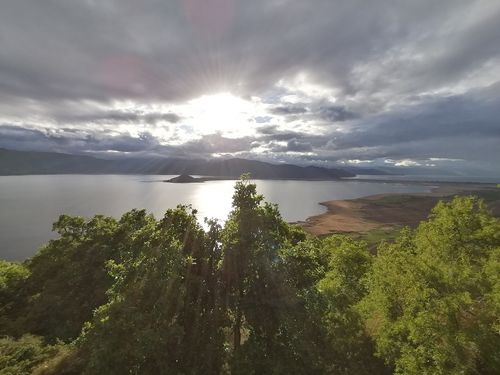Healthy habitats in Prespa: making space for life to thrive!
A blueprint for protecting the vital places that nature calls home and boosting cross-border collaboration for conservation through mapping and assessing wetland habitats in transboundary Prespa

Over the last three years the PrespaNet partners, MES, PPNEA and the SPP, have collaborated on a deep-dive project to pinpoint and extensively map the crucial wetland habitats of these important transboundary lakes, assessing their ecological status as well as the pressures and threats they face. Kicking off the network’s first large-scale project together in 2018, this work began as a bilateral activity in North Macedonia, with support from the SPP, and grew to encompass all three sides of the basin – a great example of how working together and learning from each other can bring rewarding results.
Working with phyto-sociologist Prof Giorgos Fotiadis from the Agricultural University of Athens, who led the expert team carrying out this work, the SPP has just published the final report of the outcomes of this effort. For the first time, we now have a clear understanding of the area’s most important wetland habitats, several of which are priority habitat types at EU level.
Most importantly, we understand the transboundary picture and have management recommendations for how to protect and maintain these critical parts of our ecosystem, allowing us to work with management authorities across the basin to safeguard our shared wetlands for the future.
The PrespaNet project, “Strengthening NGO-led Conservation in the Transboundary Prespa Basin” (2018-2021), was funded by the Aage V. Jensen Charity Foundation and the Prespa Ohrid Nature Trust, with support from EuroNatur.
Contact details: Julia Henderson, Society for the Protection of Prespa, spp(at)line.gr, www.spp.gr
